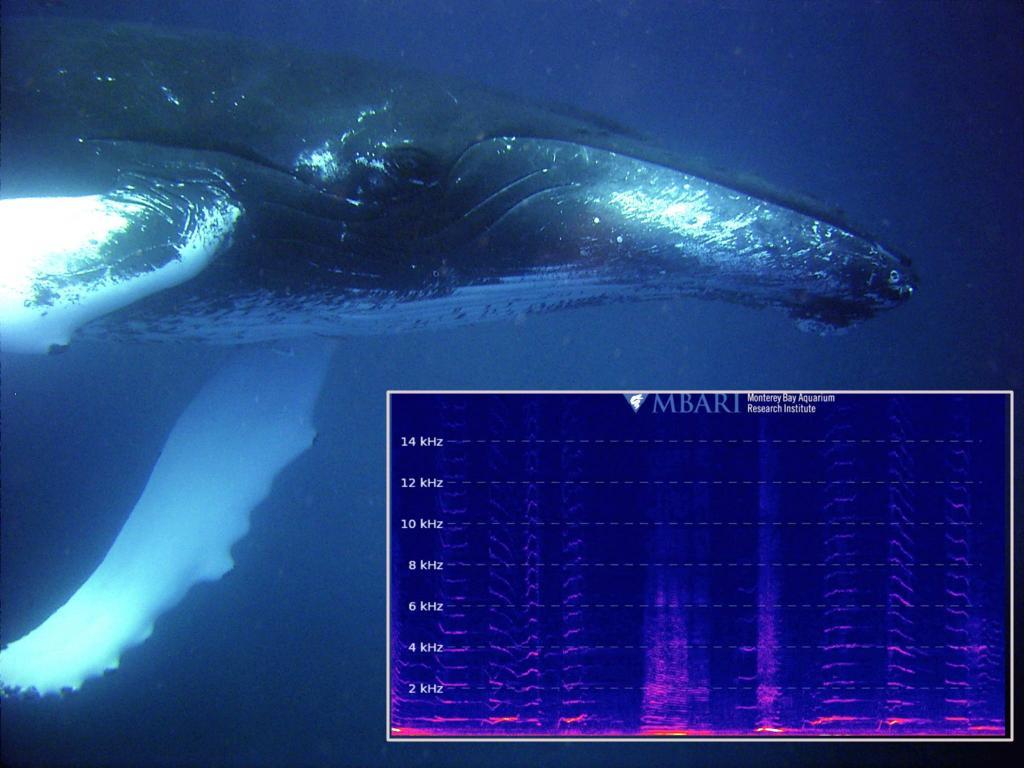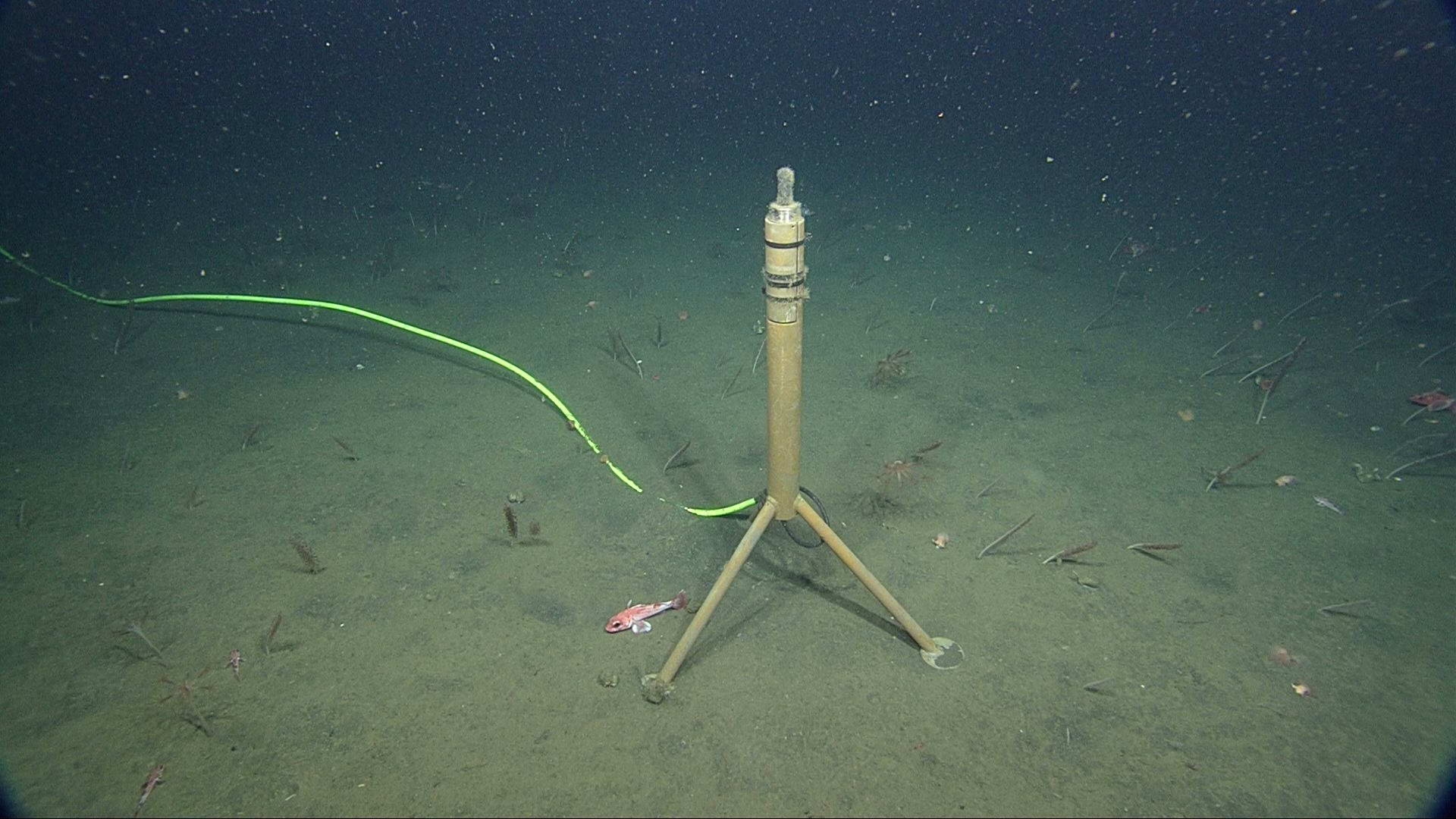The sound of the deep sea
June 18, 2018 Live streaming audio from a deep-water hydrophoneFor centuries poets and writers have imagined the depths of the ocean to be incredibly calm. But scientists now know that the oceans, and especially the coastal areas, are full of sounds of natural and human activity. Now anyone can listen to the sounds in the deep sea via a continuous YouTube video that transmits the live sound from 900 meters depth.
The sounds are from an underwater microphone (hydrophone) placed by the Monterey Bay Aquarium Research Institute (MBARI) on the sea floor in 2015. The hydrophone is located approximately 30 kilometers from the shore, west of Monterey Bay. It is connected to the underwater observatory MARS, which transports the data from the hydrophone back to the shore.
For over two years, MBARI researchers have been fascinated by the variety of hydrophone-captured sounds. "When we first heard these recordings, we found them wonderful," senior scientist John Ryan said, "and we wanted to share them with the public, and I'm excited to finally have a chance to do that."
Although the MARS hydrophone is located on the deep sea bottom, most of the sounds it picks up come from animals and activities higher up in the water or from the sea surface. For example, the hydrophone picks up the calls of sea lions, dolphins and other near-surface animals as well as the sounds of rain, waves and wind.
High notes, such as Dolphin clicks do not travel very far through the water, so when these sounds are heard, they are likely to be generated within a few kilometers of the hydrophone. However, the deep sounds of marine engines in the water can travel tens of miles, and some whale songs can come from animals hundreds of miles from Monterey Bay.
Ryan notes that the sounds in the bay can vary dramatically. "It can be quiet sometimes and then suddenly it goes from silence to cacophony within minutes."
In addition to the sounds of the hydrophone, the listeners can also "see" the sounds in the form of a spectrogram that rolls across the screen of the YouTube video. There is a 30-minute delay for computer processing and archiving between the time the hydrophones pick up the sounds and the time they appear on the screen.
To help listeners explore the variety of hydrophone sounds, the MBARI team has set up an online listening room at www.mbari.org/soundscape-listening-room. The records help visitors to recognize the calls of various whale and dolphin species as well as natural processes such as rain and earthquakes.
For researchers and others who want to explore sounds previously discovered by the hydrophone, the MBARI team has created a web page where visitors can browse through two and a half years of spectrograms. Although visitors can not hear the sounds from the spectrogram browser, they can search for specific types of sounds or find out what the hydrophone has recorded during certain days or months.
More Informationen: https://www.mbari.org.
Audio-Stream: youtu.be/1EBoZHvXOPg.

